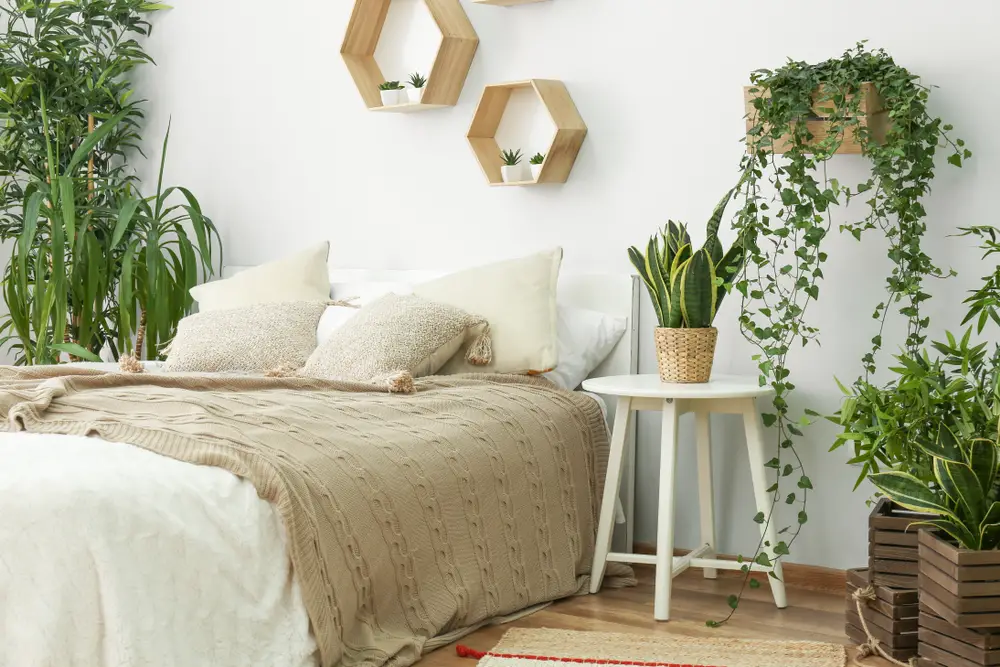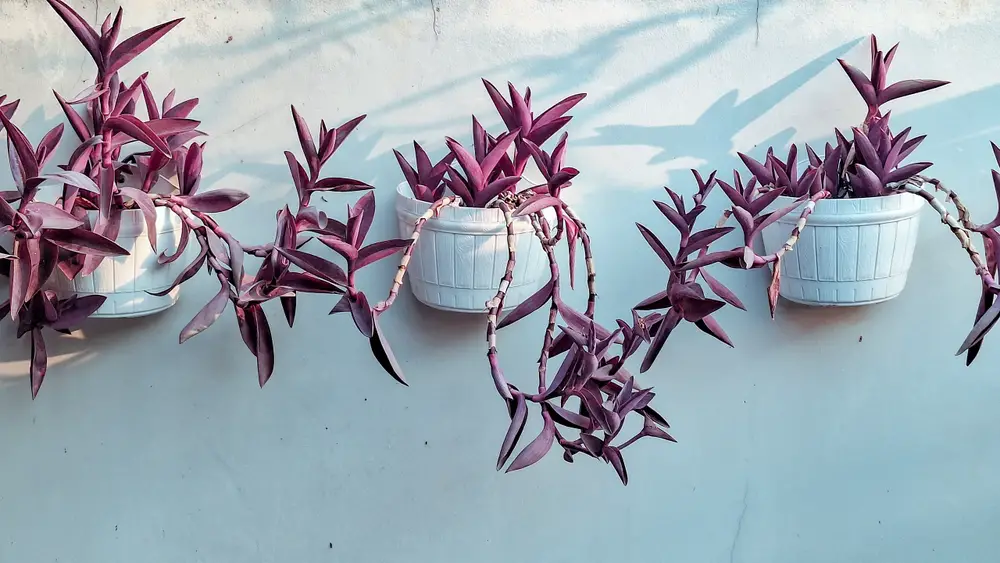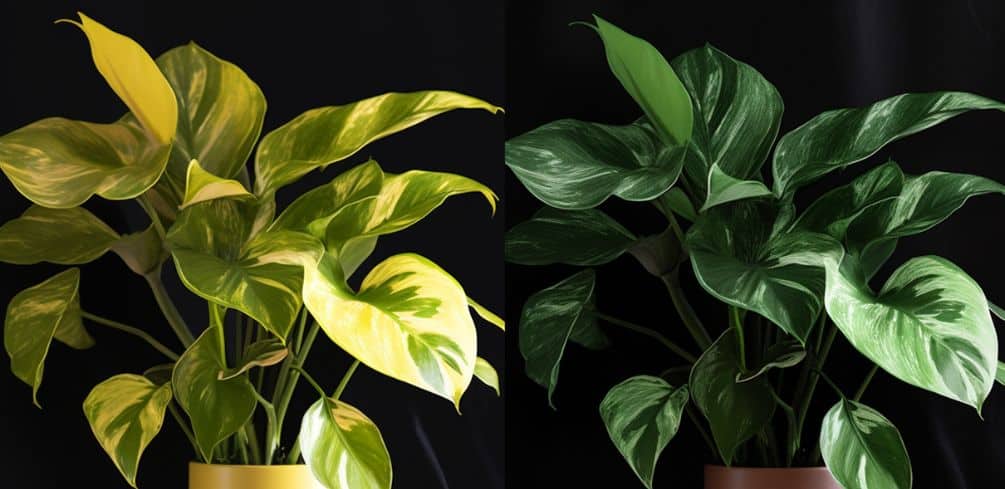Terrariums are a fun and artistic way to create a small botanical world of your own.
A successful terrarium requires proper care and maintenance. That said, you ought to put in the work every day.
Pruning is one way of keeping the terrarium in good shape, as it keeps the plants healthy and attractive.
Like all other plants, terrarium plants grow, albeit at a relatively slower rate due to limited sunlight and space.
Even so, they can sometimes outgrow their design or space, which would require you to prune them back into shape.
If you just started keeping terrarium plants and have no idea how to prune the plants, then this article is for you.
But First: We are going to look into why it is important to prune them.
Why Should You Prune Terrarium Plants?
Generally, pruning keeps plants healthy and looking good. This is because it eliminates the unattractive plant parts or those that slow down the growth and nourishment of the rest of the plant.
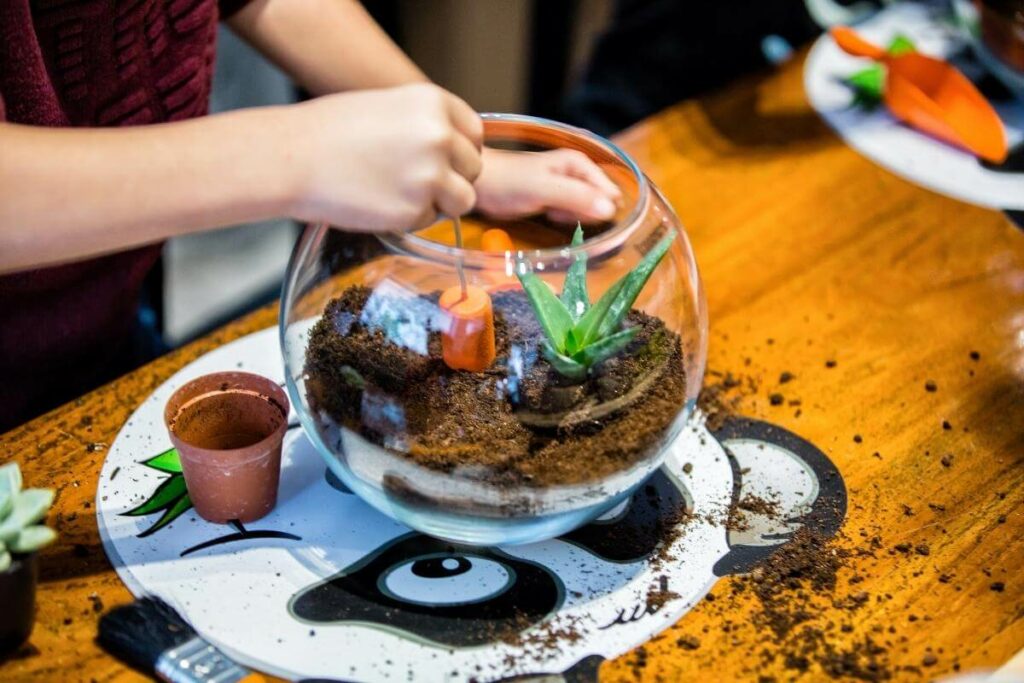
Also, terrariums are relatively small spaces.
Most people keep them for decoration purposes or to take care of small plants that are easy to maintain.
However, as we have already established, terrarium plants eventually grow out of the designated space and design. Thus, you have to prune them back into their original shape, size, and design.
In instances where there are several plants in a terrarium, some may grow faster than the rest.
When this happens, the bigger plants may restrict the access of other plants to sunlight and other conditions that are necessary for growth.
As a result, the development of the smaller plants is affected, and some may even die off. Pruning resizes the bigger plants to prevent this from happening.
Some terrarium plants grow so big that their leaves touch the sides of their glass containers.
For Example: If the glass is wet from condensation, the plant could develop fungal infections which could consume the whole plant and spread to other plants in the terrarium. Pruning the leaves saves the terrarium from ruin.
The Process of Pruning Terrarium Plants
Before anything else, you’ve got to ensure that you have the correct pruning tools, such as scissors, rakes, and trowels.
The tools should be sterilized to avoid plant infections and sharp to avoid bruising the plant.
Bruised plant parts cause decay. Also, ensure the tools have long handles or long tips to reach inside the container easily.
Different types of terrarium plants are pruned differently.
Essentially, there are two major types of plants in terrariums:
- succulents and
- air plants
Pruning Succulent Terrarium Plants
Comparatively, succulents grow slowly.
Their growth is fastest during summer or winter and remains pretty stagnant for the rest of the year. When they grow, they tend to spread out to occupy a lot of space.
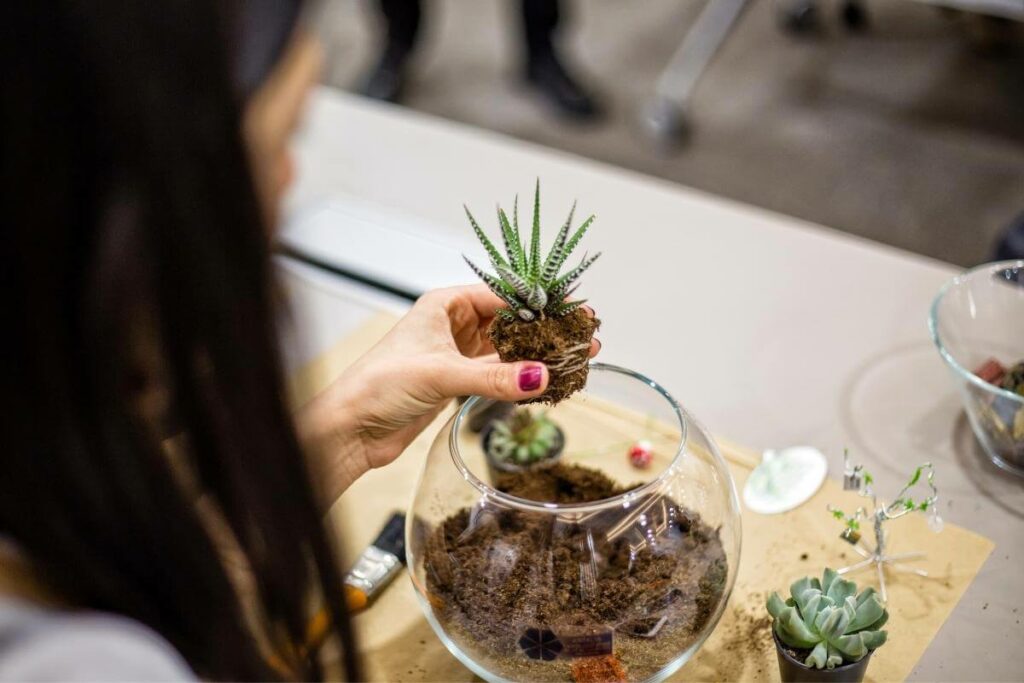
Therefore, they end up looking bushy and outgrowing their terrariums. Use sharp tools to trim their leaves and downsize the plant to the perfect size and shape when this happens.
As they are fleshy, using blunt objects may not do a clean job.
The leaves of succulent plants may turn brown and crispy, especially when exposed to direct sunlight for too long. In this case, remove the dry leaves carefully from the bottom up.
Also, keep the plant away from the rays of the sun.
Sometimes the stems of succulents become unhealthy and unattractive. When this happens, use a sharp pair of scissors or trowel to cut them.
Dry the cuttings for about a day and plant them anew in the soil to give rise to new succulents.
Good Practice: The best time to prune succulents is during summer because they fall back in shape really fast.
Pruning Air Plants
Air plants are unique plants that do not have roots.
Thus, they absorb nutrients and moisture through their leaves and stems. Moreover, their offspring or ‘pups’ grow at the bottom of the leaves.
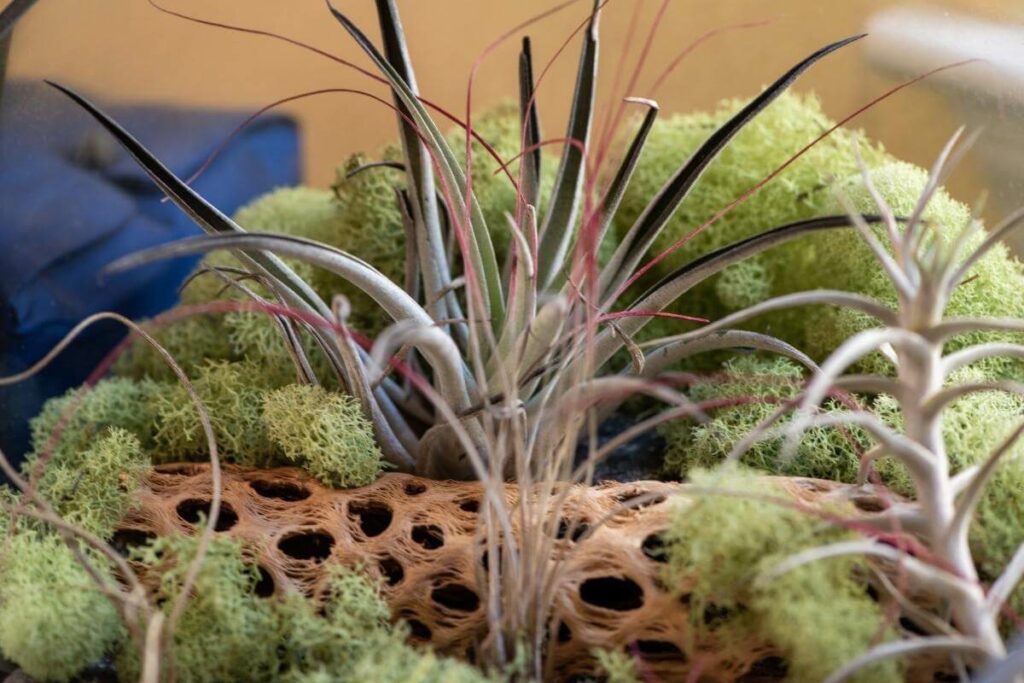
When these plants age, the leaves tend to lose their rich green color and start browning, requiring a prune.
You should snip the brown leaves without touching the pups because the latter ensure the continuity of the plant.
Alternatively, you could wait a few weeks for the new leaves to grow before trimming the old ones.
However, if you are experienced enough, you could use an angle that spares the new leaves while eliminating the old, brown ones.
Other practices that will keep your terrarium plants healthy include:
- Removing plants that are infected with fungus or mold before they spread to other plants
- It also helps to replace the soil regularly, more so if it is contaminated
Moreover, you ought to periodically wash the glass containers with soapy water and, if possible, get new terrarium elements altogether.
Conclusion
Pruning involves cutting the vines, leaves, and branches of plants if they grow bigger than they should or when one plant outgrows others in the terrarium.
You must use sterilized tools when pruning to avoid introducing infections to the plants.
It is also crucial that the tools are sharp so that they do not bruise the plants, as bruised plants become susceptible to decay.
Different types of terrarium plants have different pruning methodologies, as discussed in this article.
In the same manner, different parts are pruned differently.
While unhealthy stems are cut, overgrown leaves are trimmed from lower nodes going upwards.



